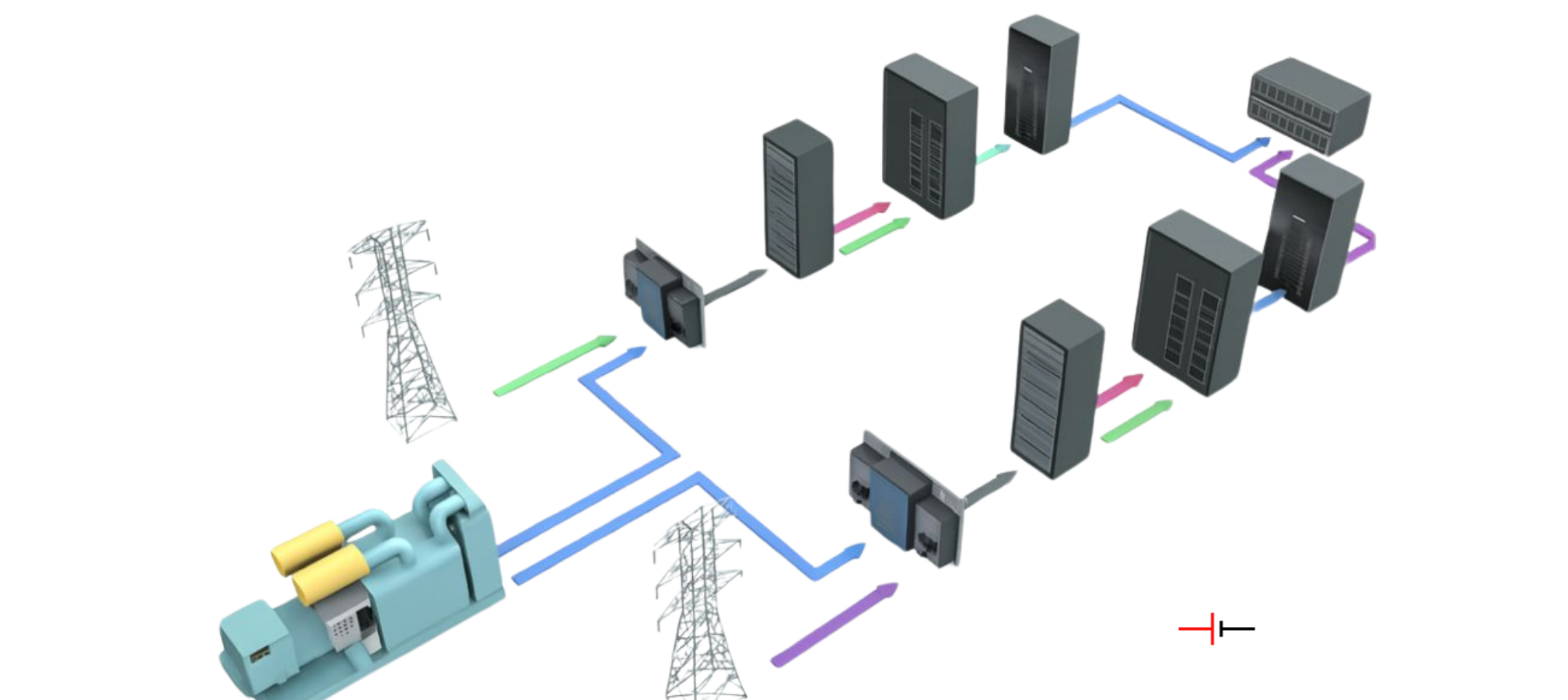
15.10.2025
By Marketing Team

Telecommunication networks depend on continuous and stable power to keep cell towers, base stations, and edge nodes operating. Every call, data packet, and video stream relies on uninterrupted connectivity. At the core of this reliability are backup power systems that protect against grid failures, voltage drops, and sudden surges. In traditional setups, these systems were built around diesel generators and lead-acid batteries that could supply short bursts of backup power during outages.
Telecom networks are going through a major shift. With the rise of 5G, edge computing, and dense small-cell infrastructure, power demand has become more dynamic. Instead of a few large sites with steady power use, operators now manage thousands of smaller sites with loads that change based on user traffic and environmental conditions.
As radios, antennas, and cooling systems turn on and off, power demand fluctuates within seconds. This variability puts stress on conventional backup systems, which were not designed for quick or uneven load changes. Diesel generators, while dependable, struggle with frequent start-stop cycles and create higher emissions and maintenance costs.

To keep up with these changes, telecom power systems are evolving toward hybrid and intelligent architectures. High-power lithium battery modules paired with advanced control systems are replacing older lead-acid setups. These newer systems can respond quickly to changes, provide longer backup times, and reduce dependence on fuel-based generation.
Modern controllers also enable real-time monitoring and optimization. They track parameters such as battery health, load behavior, and energy efficiency, allowing operators to make better operational decisions. Remote access and predictive analytics reduce manual maintenance and improve site uptime.
The next generation of telecom networks requires power systems that are resilient, efficient, and autonomous. As renewable integration grows and grid reliability becomes more uncertain, energy storage and intelligent control will be essential to maintain uptime.
Modular and data-driven power solutions are helping operators increase efficiency, cut emissions, and lower costs. Reliable power is no longer just a backup for telecom systems; it is now a critical part of how networks stay connected and sustainable.
At Trydan Tech, we are redefining how telecom infrastructure stays powered in the modern era. Our next-generation lithium-ion and lithium-sulfur cells are built for performance, durability, and scalability, making them ideal for 5G sites, edge networks, and remote telecom hubs.
With advanced Battery Management Systems (BMS) and high discharge capabilities, Trydan’s energy solutions deliver faster response, longer life cycles, and improved thermal efficiency compared to conventional batteries.
By enabling low-maintenance, intelligent power systems, Trydan Tech helps telecom operators reduce operating costs, minimize downtime, and accelerate network expansion in a sustainable way.
The evolution of telecom power infrastructure is about more than just keeping the network running; it is about powering a connected and energy-efficient future. As the demand for 5G and edge computing grows, energy storage innovation will define network reliability.
With companies like Trydan Tech leading the charge, telecom operators can move toward smarter, cleaner, and more resilient power systems, ensuring that every call, every connection, and every innovation stays powered without interruption.
We use cookies to enhance your browsing experience, analyze site traffic, and personalize content. By continuing to use our site, you consent to our use of cookies. Learn more